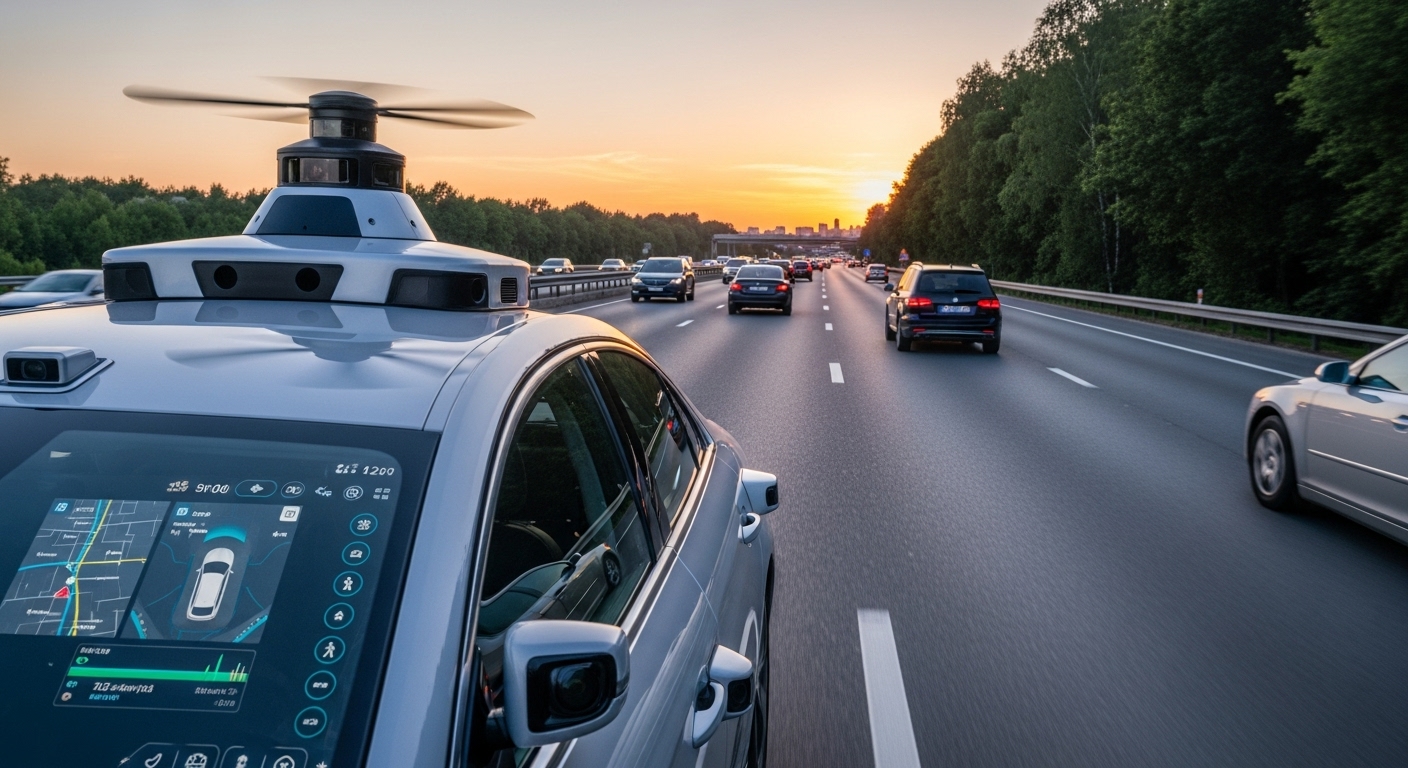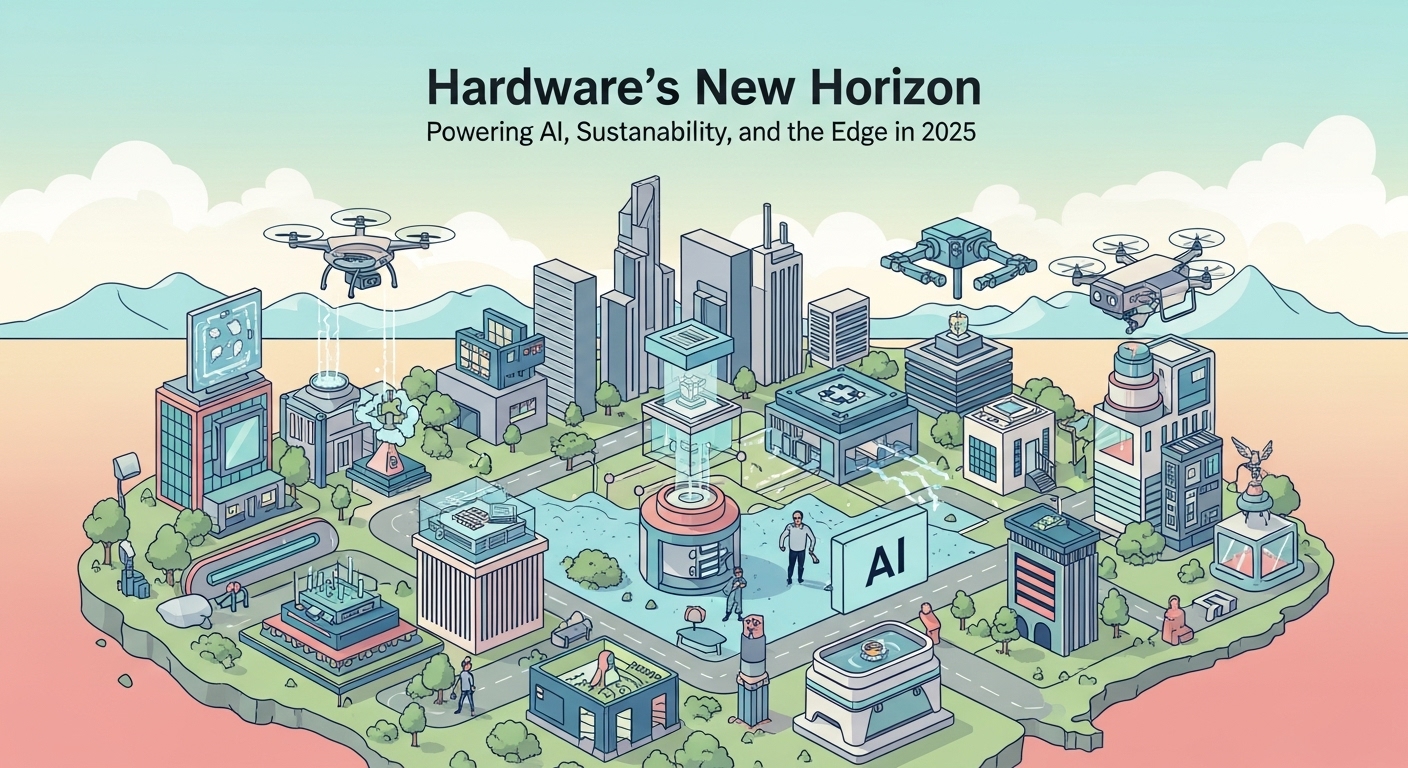Introduction
For decades, the concept of flying cars has captured human imagination. From science fiction novels to futuristic movies, the dream of soaring above crowded streets and effortlessly reaching destinations has been a symbol of technological progress. Today, that dream is inching closer to reality. With advancements in engineering, artificial intelligence, renewable energy, and urban planning, the idea of flying cars and next-generation transport systems is no longer just fantasy—it is rapidly becoming a feasible mode of transportation. The future of flying cars is set to revolutionize the way we travel, reshaping cities, economies, and human lifestyles.
The Origins of the Flying Car Dream
The idea of flying vehicles dates back as far as the early 20th century. Aviation pioneers and automobile inventors often envisioned merging the capabilities of cars and planes. In the 1940s and 1950s, experimental prototypes appeared, though none made it to mass production. The primary obstacles were technology limitations, safety concerns, and the absence of infrastructure to support widespread use. Despite these setbacks, the dream persisted, fueled by cultural fascination and the belief that progress would eventually make it possible.
Why Flying Cars Matter in Modern Times
The growing demand for flying cars today is driven by very real challenges in transportation. Cities around the world are struggling with overcrowded roads, traffic congestion, and long commutes. Traditional cars have also contributed heavily to pollution and climate change, raising the need for more sustainable options. Flying cars, when designed to run on electric or hybrid power, could provide a solution to these problems. They promise to cut commute times, reduce traffic on the ground, and introduce cleaner forms of transport in the air.
Additionally, flying cars would open up new opportunities for travel in regions where road infrastructure is poor or where geographical obstacles, such as mountains and rivers, limit accessibility. This mobility revolution could bridge gaps between rural and urban communities, creating a more connected world.
Technology Behind Flying Cars
Flying cars are not merely modified airplanes or drones. They represent a combination of advanced technologies that are evolving together to create practical aerial vehicles.
Electric Propulsion Systems
Electric engines are at the forefront of flying car development. Unlike traditional combustion engines, electric motors produce less noise, fewer emissions, and require less maintenance. Advances in battery technology, including solid-state batteries, are making it possible for these vehicles to fly longer distances while carrying passengers.
Vertical Take-Off and Landing (VTOL)
VTOL technology allows vehicles to take off and land vertically without needing runways. This makes flying cars suitable for crowded cities where space is limited. VTOL systems are often powered by multiple small rotors, similar to drones, giving them agility and control in urban environments.
Autonomous Navigation
Artificial intelligence and advanced navigation systems are key to making flying cars safe and efficient. With autonomous flying, users would not need to pilot the vehicle themselves. AI would handle take-off, navigation, and landing, reducing human error and making air travel accessible to everyone.
Smart Infrastructure Integration
Flying cars require new forms of infrastructure to operate smoothly. Skyports, charging hubs, and designated flight corridors in urban airspace are being designed to manage the flow of aerial traffic. Integration with smart city technologies and air traffic management systems will be crucial for ensuring safety and efficiency.
Benefits of Flying Cars and Advanced Transport
The future of flying cars offers numerous advantages across multiple dimensions.
Reduced Traffic Congestion
By taking vehicles off the ground and into the sky, cities could significantly reduce traffic jams. This would improve quality of life, save time, and enhance economic productivity.
Environmental Benefits
If powered by renewable energy sources, flying cars could reduce carbon emissions compared to traditional cars. Their efficiency in covering direct routes rather than winding roads also lowers overall energy consumption.
Improved Accessibility
Flying cars could bring mobility to underserved areas. Mountainous regions, rural towns, or places without proper roads would become more accessible, improving trade, healthcare access, and education opportunities.
Faster Commutes
Imagine traveling from one side of a large city to the other in minutes rather than hours. Flying cars promise to shorten commutes drastically, giving people more time for work, family, or leisure.
Emergency and Disaster Response
Flying vehicles could play a transformative role in emergency services. They could deliver medical supplies, evacuate people during disasters, or provide rapid transport for patients requiring urgent care.
Challenges Facing Flying Cars
While the benefits are clear, the path to mainstream flying car adoption faces significant hurdles.
Safety Concerns
Ensuring the safety of passengers and pedestrians is the foremost challenge. Airborne vehicles need to be resistant to malfunctions, weather disturbances, and collisions. Certification standards and rigorous testing will be critical.
Infrastructure Development
Cities are not currently designed for aerial traffic. New regulations, landing hubs, charging stations, and air traffic control systems must be established before flying cars can operate at scale.
Cost and Accessibility
Initially, flying cars are expected to be expensive, making them accessible only to wealthier individuals or corporations. Mass adoption will depend on reducing costs through technological improvements and economies of scale.
Environmental Impact of Mass Adoption
While flying cars can be eco-friendly, their large-scale production and energy consumption might create new environmental challenges. Balancing convenience with sustainability will be essential.
Regulatory and Legal Barriers
Governments around the world will need to establish new aviation laws and safety regulations for flying cars. Questions about licensing, liability in accidents, and airspace rights will need to be resolved.
The Role of AI and Automation in Flying Cars
Artificial intelligence will be at the core of flying car systems. Fully autonomous navigation will allow vehicles to fly without direct human control, making them safer and easier to use. AI systems will manage real-time decisions, including collision avoidance, optimal flight paths, and adapting to weather changes. Machine learning will also improve flight efficiency over time, ensuring smoother rides and lower energy consumption.
Additionally, AI will integrate flying cars into broader transport ecosystems. For example, a passenger might book a ride using an app, and AI will coordinate the vehicle, find the nearest skyport, and ensure seamless connections with ground transport options.
Flying Cars and Urban Development
The introduction of flying cars will significantly reshape urban planning and architecture. Cities will need to adapt by building vertiports on rooftops, dedicated landing pads, and sky highways. Skyscrapers could integrate docking stations, and transportation hubs may expand into the vertical dimension.
As a result, cities might become less car-dependent, leading to reduced demand for traditional roads and parking spaces. This could free up land for parks, green spaces, or residential use, making cities more livable.
Economic Impact of Flying Cars
The flying car industry is expected to create new economic opportunities across multiple sectors.
Job Creation
Development, manufacturing, and maintenance of flying cars will generate employment. New industries such as vertiport construction, aerial traffic control, and AI flight systems will also emerge.
Boost to Tourism
Tourists may be attracted to cities that offer flying car experiences. Scenic aerial rides and quick access to attractions could become a major draw for travelers.
Impact on Logistics
Flying vehicles could transform delivery services by enabling faster, more direct transport of goods. From e-commerce to perishable goods, logistics companies would benefit immensely.
Luxury Market Growth
Initially, flying cars may be marketed as luxury vehicles for the wealthy. This niche market could drive early adoption, setting the stage for eventual affordability.
The Timeline for Flying Car Adoption
Experts predict that flying cars could become commercially available within the next decade. However, widespread adoption might take longer due to regulatory and infrastructural challenges. In the 2030s, we may see limited flying car taxi services in major cities. By the 2040s, as costs decrease and systems mature, flying cars could become a mainstream mode of urban transport.
Beyond Flying Cars: The Future of Transport
Flying cars are just one part of the broader evolution of transportation. Emerging technologies are working in tandem to redefine mobility.
Hyperloop Systems
High-speed hyperloop systems could transport passengers and cargo at near-supersonic speeds between cities.
Autonomous Ground Vehicles
Self-driving cars are already being tested and could complement flying cars by providing last-mile connectivity.
Space Travel
Commercial space tourism and interplanetary transport may also become part of the future, extending mobility beyond Earth itself.
Green Public Transport
Electric buses, magnetic levitation trains, and hydrogen-powered vehicles will continue to play a major role in sustainable travel.
Ethical and Social Considerations
While flying cars bring excitement, they also raise ethical questions. Who gets access first? Will they widen the gap between the wealthy and the poor? How can governments ensure equal opportunities for all communities to benefit from this technology? Addressing these social concerns will be essential to ensure that flying cars serve the greater good rather than becoming exclusive luxuries.
Conclusion
The future of flying cars and transport represents a monumental shift in human mobility. What was once confined to the pages of science fiction is now on the verge of becoming part of our everyday lives. Through advancements in electric propulsion, AI, and urban infrastructure, flying cars could soon address traffic congestion, reduce pollution, and reshape cities. However, significant challenges in safety, cost, infrastructure, and regulation remain.
If these hurdles can be overcome, the sky may no longer be the limit but the new frontier for everyday transportation. The dream of flying cars is not just about reaching destinations faster—it is about reimagining the way humans connect, live, and experience the world. The future of transport is vertical, autonomous, and sustainable, promising a new era of innovation and opportunity.


